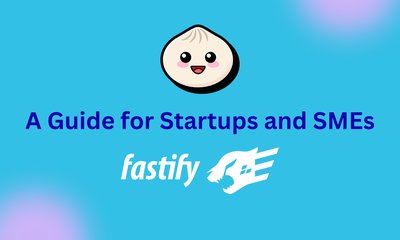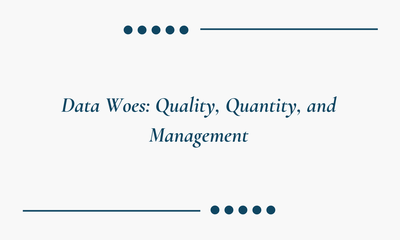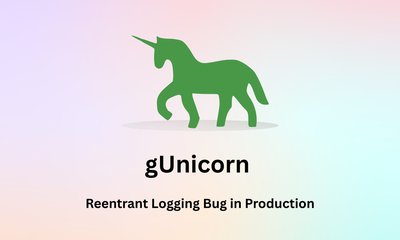Australian SMEs Are Adopting AI - But Without a Strategy. Here’s a Practical Playbook.
By duyls, at: Oct. 8, 2025, 10:34 p.m.
Estimated Reading Time: __READING_TIME__ minutes
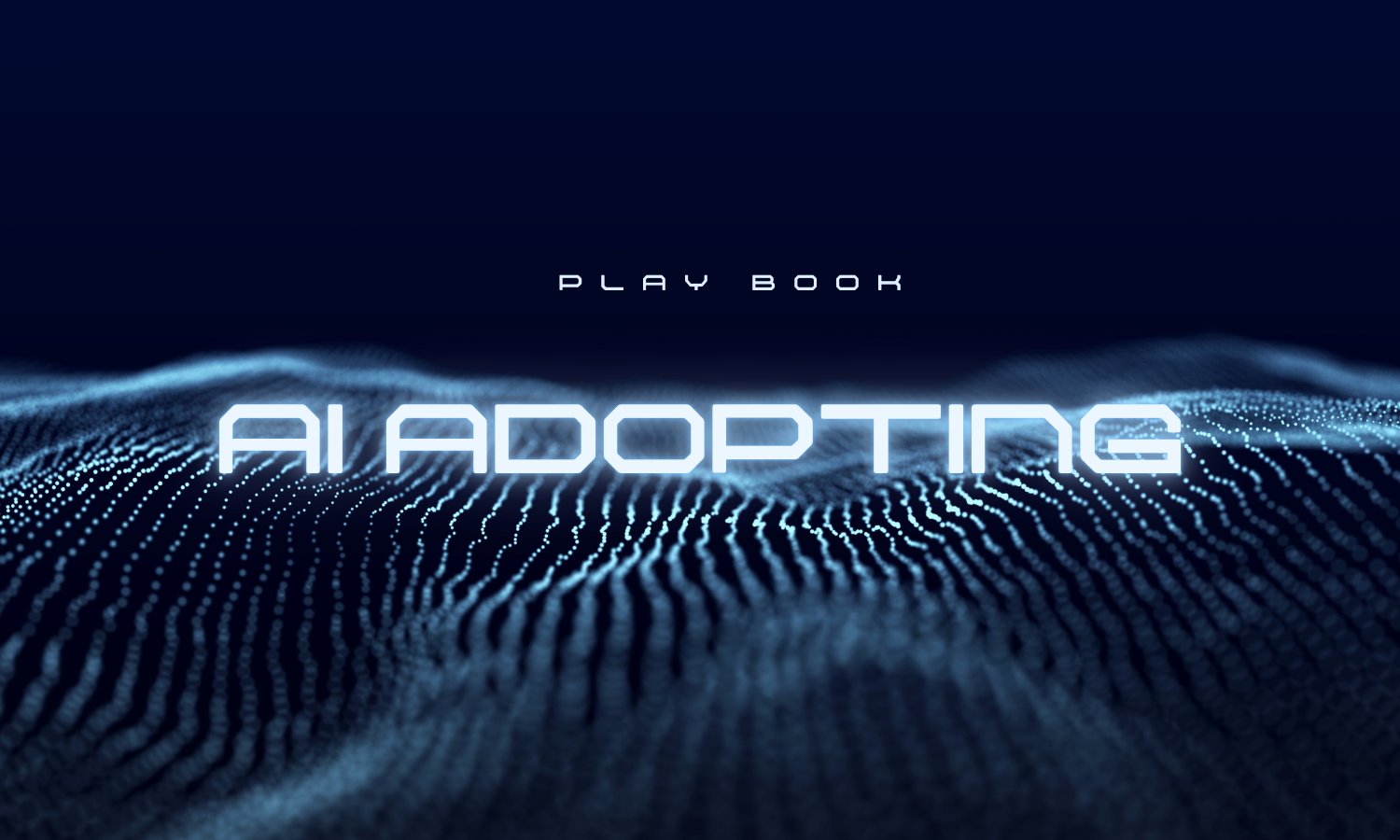
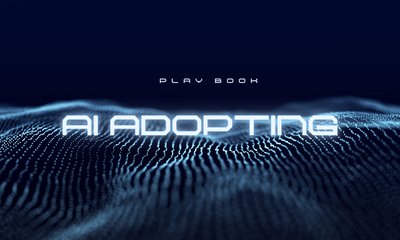
Why now: Mediaweek reports most Australian SMEs are adopting AI with no clear strategy, while Kat McCrabb warns AI often exposes pre-existing risks like poor access controls and low data quality. National debates, such as Chalmers’ AI Roundtable, also highlight the urgency of building smarter guardrails.
The Core Problem
AI magnifies whatever foundations you already have. If data is messy, access controls are lax, or vendors are opaque about data handling, AI makes those cracks wider. As Kat McCrabb notes, organisations are seeing old risks surface in new ways from inappropriate data access to decision quality issues.
A 30-Day Responsible-AI Starter Plan (SME-sized)
Week 1 - Discover & Triage
- Shadow-AI sweep: List where staff already use AI (chatbots, copilots, plugins). Identify data flows (what goes in/out). See Mediaweek insights.
- Data quick-classify: Tag what’s sensitive (customer PII, payroll, IP). Restrict sensitive data from public LLMs.
Week 2 - Access & Vendor Basics
- Access controls: Fix “pre-existing” gaps, least-privilege roles, MFA, revoke stale accounts.
- Vendor questions (add to every contract/SOW):
- Where is data stored, processed, destroyed? Under which jurisdiction?
- What security controls and governance frameworks do you follow?
- Will you train staff and support our workforce beyond “dump-and-run”?
- Where is data stored, processed, destroyed? Under which jurisdiction?
Week 3 - Guardrails & Training
- Adopt lightweight guardrails: Start with the Voluntary AI Safety Standard’s guardrails. Add do’s/don’ts: no sensitive data in public tools, approval for new AI SaaS, human-in-the-loop for critical outputs.
- User education: Run a 60-minute session on prompt hygiene, data redaction, and verifying AI outputs before actioning.
Week 4 - Formalise & Threat-Model
- Pick a framework: Use ISO 42001 to formalise a risk-based AI management system.
- Threat modelling for AI: Map threats with MITRE ATLAS; record mitigations and test assumptions twice a year.
Policies You Actually Need
- Acceptable Use: Where AI is allowed, data categories allowed/blocked, escalation paths.
- Procurement Addendum: Vendor questions + breach notification SLA.
- Human-Oversight Rule: “No AI-generated output goes live without a human check” for finance, HR, legal, and customer messaging.
Metrics That Prove It’s Working
- Shadow-AI to sanctioned ratio (target: sanctioned tools ≥80% in 90 days).
- Access exceptions closed (target: 100% critical gaps resolved in 30–60 days).
- Incident rate tied to AI tools (target: ↓ month over month).
- Policy adoption (training completion ≥90%).
What This Means for Australia’s AI Economy
Policy thinkers argue Australia should prioritise capability building, responsible adoption, and productivity uplift, especially for SMEs. Your first steps above align with that direction while giving you immediate risk reduction.
How Glinteco Can Help
- 1-week AI risk scan: Shadow-AI inventory, data-flow mapping, access audit.
- Vendor & contract kit: Ready-to-use questions + SOW clauses.
- Guardrails in a box: Voluntary guardrails → ISO 42001-aligned mini-policies + a 60-minute staff workshop.
- ATLAS session: Compact threat-model for your top 2–3 AI use cases, with a remediation backlog.

